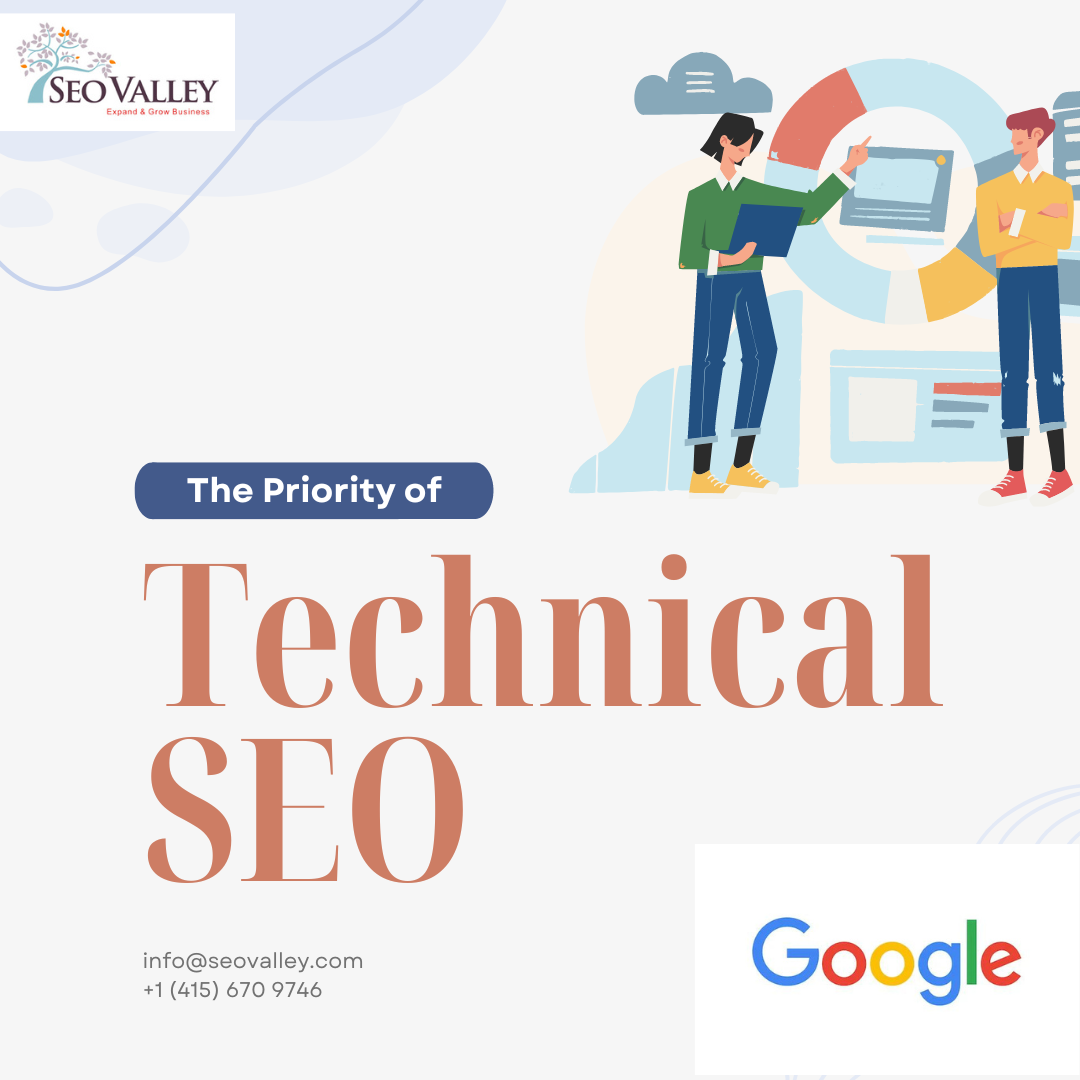JavaScript is the lifeblood of many websites and apps. It is a programming language specifically created for the web and is used to change and update both CSS and HTML data for calculation, manipulation, and validation. It uses variables such as numbers and strings, objects, functions, and arrays, which store data values. They serve as data containers and are assigned simple values to help applications decode programs and/or perform a specific task.

In SEO, JavaScript can be used to further improve visitor/guest/shopper experience, bolster site performance, and encourage better interaction. This said, JavaScript requires additional care when used for optimization.
How Google Reads and Processes JavaScript
Googlebot is one busy web spider that’s responsible for crawling trillions of pages. Suppose each web page takes a second to load. It would therefore take Googlebot over 4 years to fetch and process each page once. The great thing about the web spider is that it can crawl multiple pages at once and even read JavaScript effectively.
JavaScript, however, requires an additional ‘stage’ in the crawling and indexing process. This is known as the rendering ‘stage.’ This rendering stage basically executes JavaScript as Googlebot reads a page. Because rendering JavaScript is time-consuming, it can’t always be performed immediately—which is why the search engine separates indexing and rendering so that content can be indexed and made available as fast as possible with the addition of the JavaScript-based content later.
JavaScript SEO
Since JavaScript needs to be processed separately and a bit later than other types of content, ecommerce marketers need to pay special attention to why and how JavaScript is used.
For instance, while it is common knowledge that web crawlers can eventually recognize content added using JavaScript, they could take longer to get indexed and therefore appear on search results. While this may not be a major issue for product detail pages since they don’t change much over time and are in place as is for a much longer period, sale pages (or perhaps seasonal buying guides and content) must be updated and indexed as soon as they are generated to ensure relevancy.
The Googlebot essentially reads and indexes conventional HTML content as they are found. Extra steps apply to content JavaScript adds to pages in browsers. URLs are set on a crawl queue and then crawled by a web spider for processing and indexing. For content added using JavaScript, the path redirects to a render queue before indexing can commence. This is an iterative process wherein the Googlebot adds an item to the crawl queue each time a new URL is introduced.
URLs and content go through various steps and processes before they get indexed. When Googlebot gets a page address from the crawl queue, it follows the URL and parses the page, provided that it isn’t blocked by robots.txt. This page acquisition is known as the crawler stage, at which any new URL that the web spider discovers is sent to the crawl queue and HTML content on parsed pages is sent for indexing.
Processing or rendering is reserved for content added using JavaScript. The length of time that Google needs to render pages depends on various factors. In essence, a page is placed in a render queue much like a crawl queue to wait for its turn to be processed. Google then renders the content so it can move forward to the next step in the process, that is indexing.
The next and final step of the process is indexing, which adds content to the search engine’s index so that when a user enters or searches for a relevant query on Google, the crawled and processed page may appear on the SERP.
Need help with JavaScript automation? The SEO experts of SEOValley can diagnose your website and recommend the best solutions. Contact us today.





